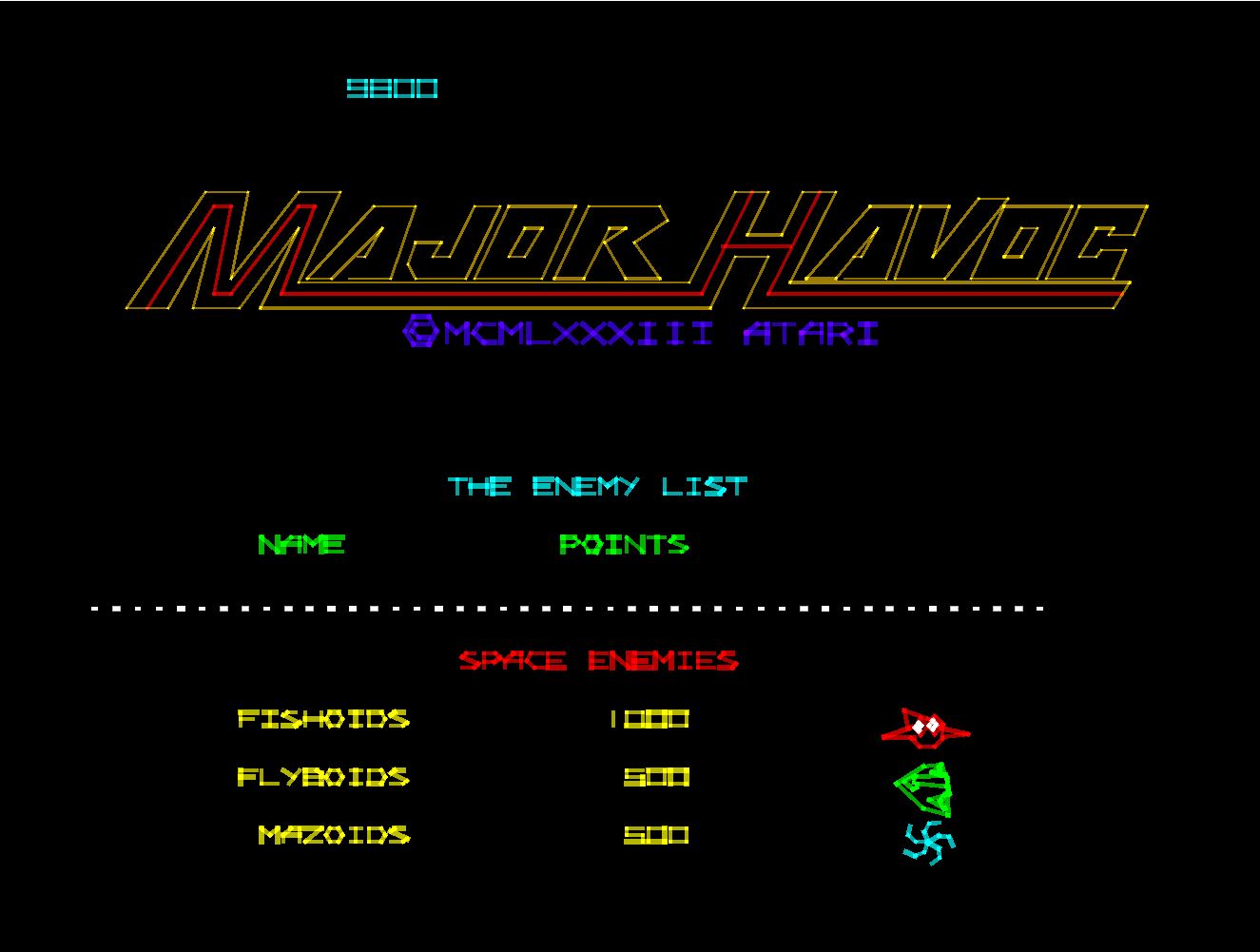An oversaturated market. A flood of increasingly buggy and unfinished games. A lack of solid pricing and affordability. Rapidly shifting technological advances, difficult for both consumers and producers to adapt to. A looming economic recession.
What am I describing?
The Video Game market at the beginning of 1983.
What did you think I was talking about?
Following a disastrous 1982 Holiday season, the industry began facing a sudden and sharp downturn. And when I say sudden, I mean a single game became the main catalyst for the decline sudden. And when I say sharp, I mean revenue which dropped from 3.2 Billion to just 100 Million sharp.
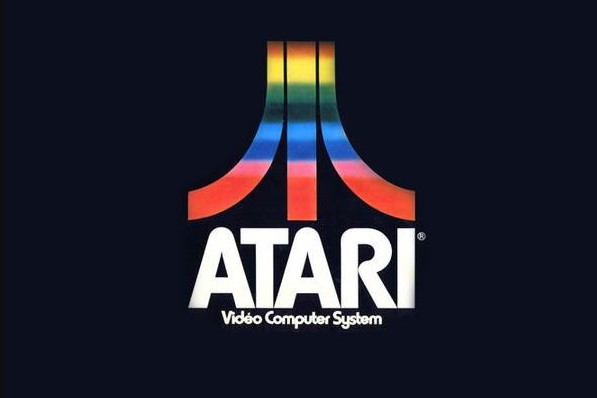 Ataris original logo. Now feeling more like a tombstone
Ataris original logo. Now feeling more like a tombstone
There was perhaps no more fitting poster boy than Atari, Inc. The famed monoloyth of development and publishing which would develop Pong, Space Invaders, Asteroids, and then bring them to the very first widely successful video game console in the world, the Atari 2600.
By 1983 Atari was the dominant player of not only the now fairly established Arcade Cabinet industry, but was also the market leader of home video game consoles. Atari had an unmatched output of new games and products. The only catch was that they had become a company of quantity, and not quality.
See also; E.T. A game so legendarily terrible that the company famously chose to bury their unsellable copies of the game in the Nevada deserts. An urban legend of the industry revealed true with 2014’s Atari, Game Over.
Ataris strategy of simply overwhelming the market with new releases had backfired. Facing an overwhelming sea of new video games, new consoles, sky-high prices, and the knowledge that these games were not going to match the quality that should have been expected of them at that time; consumers had all but completely lost faith in the early Tech Giant.
They believed they were the slowly boiling water, but they were the frog in the pan. The crash had begun. The company, with the industry it practically created by itself, lost its footing. And there was nothing, by this point, that could be done to stop its demise.
And it was in that wave that a certain Arcade cabinet would be swallowed, lost to an era of unavoidable destruction.
Major Havoc
I discovered Major Havoc inside of Denvers ill-fated Hyperspace Arcade during the blisteringly hot summer of 2018. I had gone there with friends to experience the overwhelmingly dense and diverse collection of arcade machines, and far too impatient to wait for something like Donkey Kong or Pac-Man to open up, I found a pretty innocuously tucked away cabinet. One that depicted a fairly standard looking Galaga-esque shoot-em-up space battle.
But oddly, following the final well-landed shot on an enemy craft and its technocolored burst of vectored lines, the ship continues to a sort of mothership having puppeteered the lesser vessels the ship had just fought.
After a tight-rope balancing act of landing the ship, an Astronaut emerged, and ventured inside of the Mothership, beginning a platforming adventure through it’s labyrinthian halls.
I was, for lack of a better word, gobsmacked.
The seamless transitioning from one type of game to the next was like watching that first No Mans Sky E3 trailer all over again. It was hard to believe how so many games could exist so seamlessly in one package.
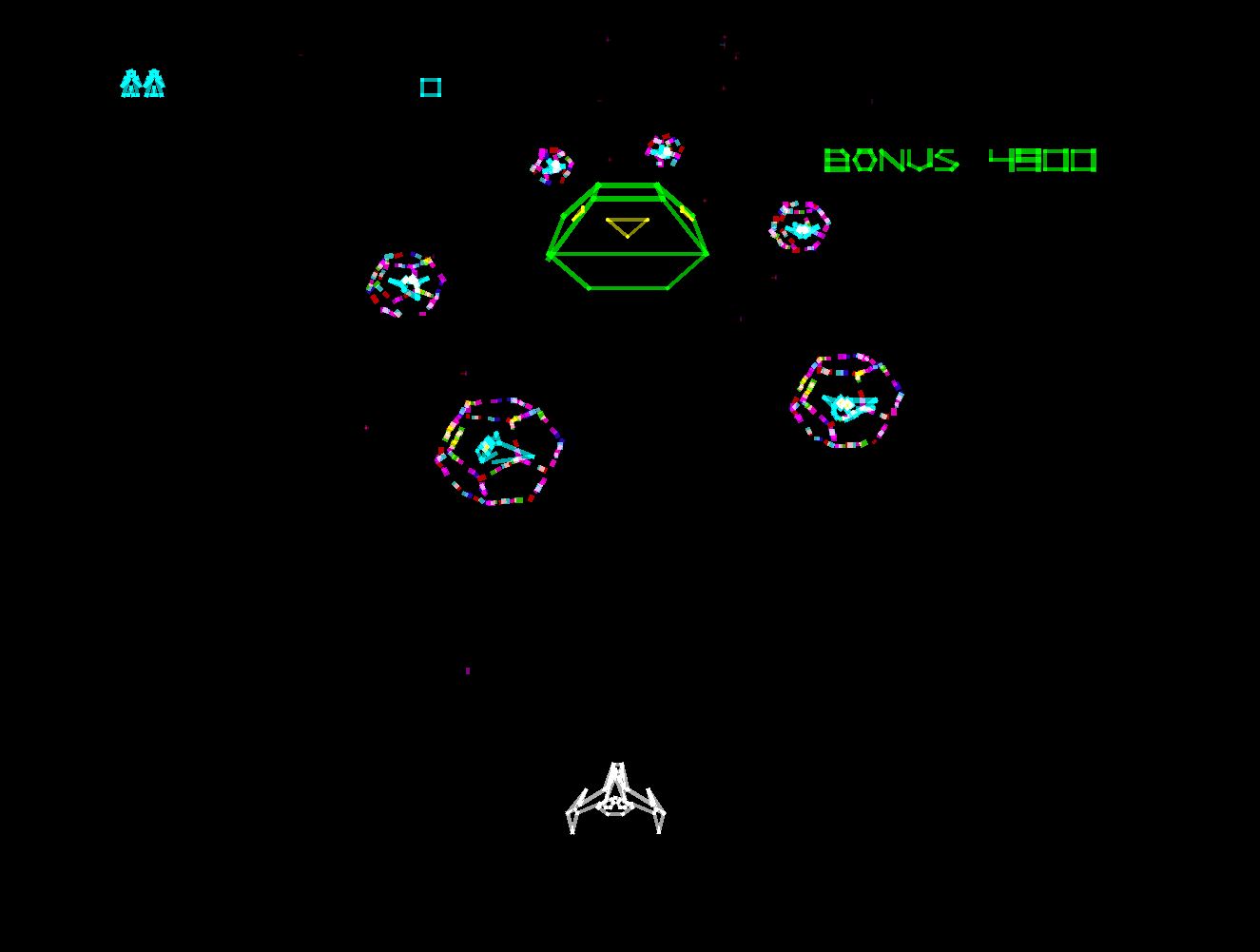
It’s not the first time I had ever seen multiple gameplay styles in an Arcade cabinet. Plenty of cabinets like Turtles in Time or The Simpsons have interspersed levels that break up the main course of the levels.
But, aside from the fact Major Havoc predates both of these cabinets by nearly a decade, they didn’t do it this seamlessly.
These bonus levels are meant to break up the game into digestible, bite sized pieces meant to provide variety and twists to the quarter pressed gamers ADHD addled mind. The varying types of gameplay for Major Havoc exist to bridge the gap between the levels, and form into something greater than the sum of it’s parts.
The moment I loaded the machine with credits and began playing, I knew I wasn’t going to play anything else that day.
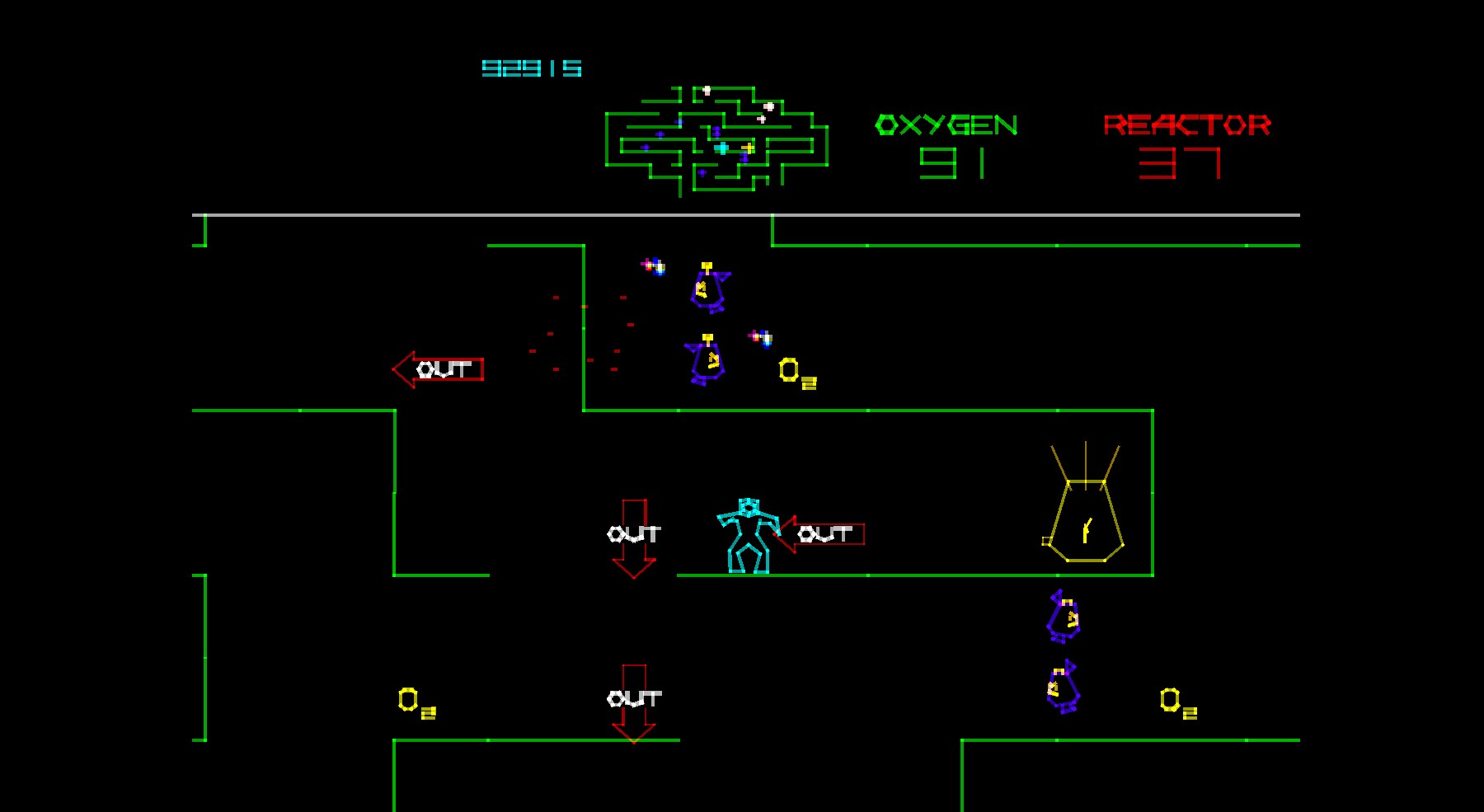 One of the many Reactor Platforming Levels
One of the many Reactor Platforming Levels
The various game styles wouldn’t have coalesced into something meaningful if each style wasn’t given the attention it necessitates, but it absolutely was.
Its space battles are some of the best I’ve experienced in an arcade cabinet, highlighted by a particular fight against ships which form barriers as they move, collectively creating a maze which can be made easier by destroying them before they divebomb you.
Running, jumping, and dodging through the games hallowed space stations is a tense excursion into a living, breathing collective of robots and systems as you weave your way to the reactor before having to escape its imminent detonation.
It was, at first, a bit of an adjustment getting used to the machine however. If you haven’t encountered the scarcely produced cabinet, I’m sure my description naturally conjured the archetypal image of a machine controlled with a joystick. On the contrary, Major Havoc was controlled by a trackball.
This seemed wildly unnatural. Most arcade cabinets that used the infinitely spinning sphere as its main way of control were novel sports games; Atari Football, World Cup, Extra Bases. Strange for a Spaceship shooter, absolutely outlandish for a platformer.
 An Arcade Trackball
An Arcade Trackball
But as I began to engage with its systems; as I desperately corrected and spun out of the way of volleys of laser-fire, as I controlled the tension in my hands as I landed the ship, and as I would foolheartedly attempt to correct the speed of my Turqoise spaceman before they slammed into a wall and collapsed in headspinning confusion, I understood the trackball was capturing a feeling.
The feeling of weightlessness, of being powerless to imprecision when in the zero gravity, the feeling of Space, this was the impetus.
After all, as the games scrolling exposition before the start of the game reveals, you are one of many Clones who have been endlessly roving the stars in search of the last remnants of the tyrannical Vaxxian army so that you may, one day, return to your homeworld.
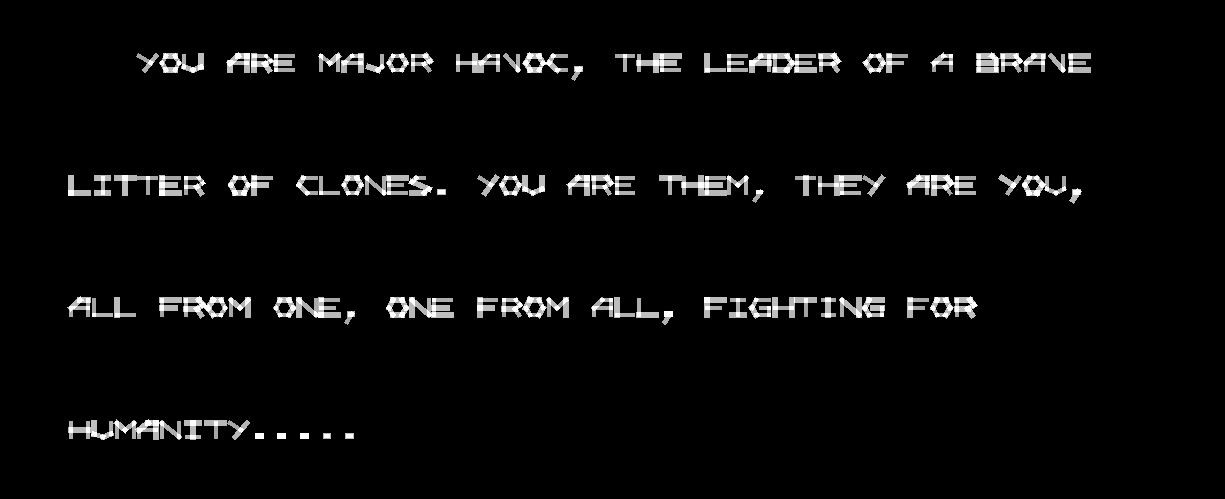
Nowadays, all controls are meant to capture the feelings of the characters. Mashing the A button to simulate the stamina needed for feats of strength like in Spiderman, pulling against the haptic triggers of the PS5 to capture the tension of Aloys bowstring in Horizon; Forbidden West; this is pretty standard stuff. But for an Arcade cabinet produced in 1983, this is well ahead of its contemporaries.
Major Havoc puts character right at the forefront of the game, and not just in the titular sense. On top of its controls and various modes of gameplay, there are little details that just bring the game to life.
 Major impatiently awaiting input if you choose to stop moving.
Major impatiently awaiting input if you choose to stop moving.
The way that Havoc impatiently leans against the wall and waits for you if you stop moving on their motherships, the way they spin and wobble when they crash into the ground, the way they wave their arms as they fruitlessly try to steady their jumps from platform to platform.
In-between levels, the game even allows you to play a game of Breakout, depicted on a small screen inside the ship as though to imply Havoc had installed the game on one of their ships onboard computers to pass the time.
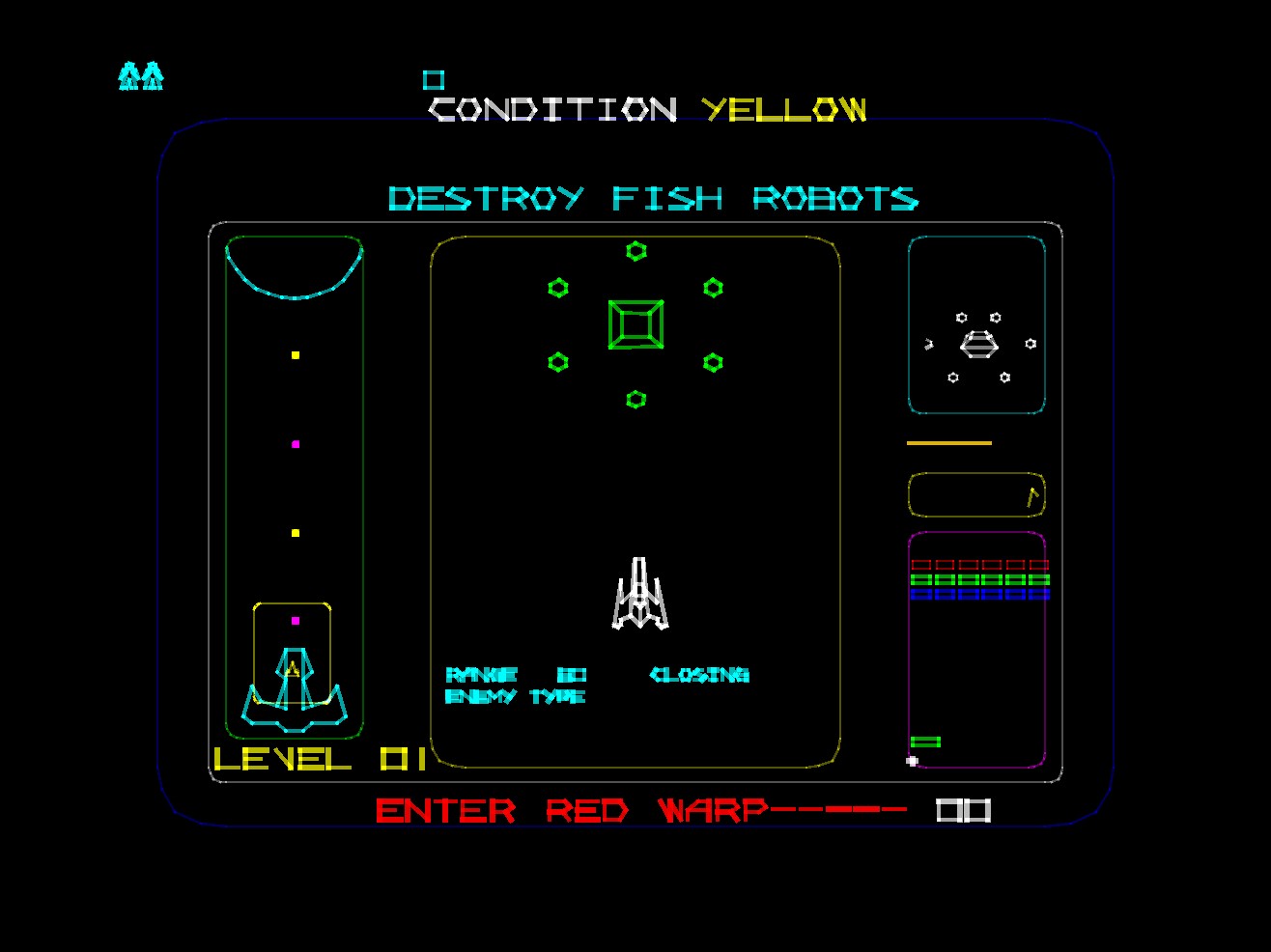
Major Havoc, quite surprisingly, was telling a story. The David v Goliath story of an impatient, goofball Spacemans journey home. One that moves from Mothership to Mothership and captures the space between.
Its hard to emphasize how innovative this was for the time, but I think its best captured by the fact that a fan of the game had spent thousands of dollars on the cabinet in an effort to make it to the homeworld and, upon discovering the homeworld unfortunately didn’t exist as the game had been released without time to come to a soaring conclusion, took Atari to court.
Now, not even I am so invested in the story I would spend a few months rent and take up a lawsuit over it, but it is emblematic of how much this game had the ability to grab people in a way that few other games have ever been able to do.
As I finished my time with Major Havoc, my friends having grown bored from several rounds of T-Mek, I allowed myself to die a final time and was greeted with the High-Score entrant screen. Although I had reached number one on the list, I was actually quite disheartened.
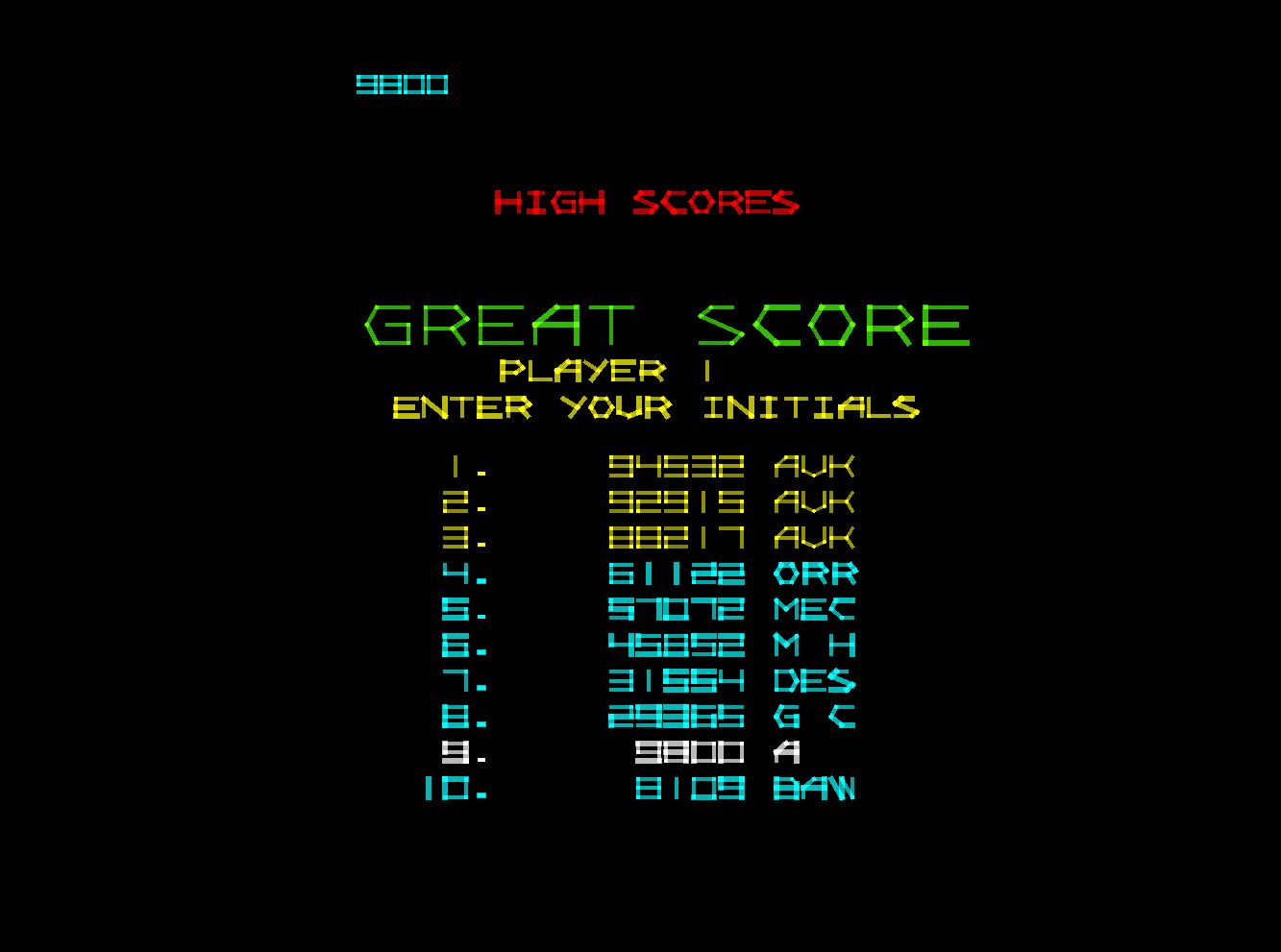
I was the only real person on the list. I left Hyperspace operating in the strange area between gratitude for an experience I feel lucky to be one of the few to have, and melancholy that the game will stay untouched until I come back.
Major Havoc, even today, remains as one of the great forgotten games. A game that had far surpassed its competition in the department of design, control, and the new idea of interactive narrative, which couldn’t do anything to outplay a dying industry.
But I haven’t. I love Major Havoc.
And, quite wonderfully, I’m not the only one.
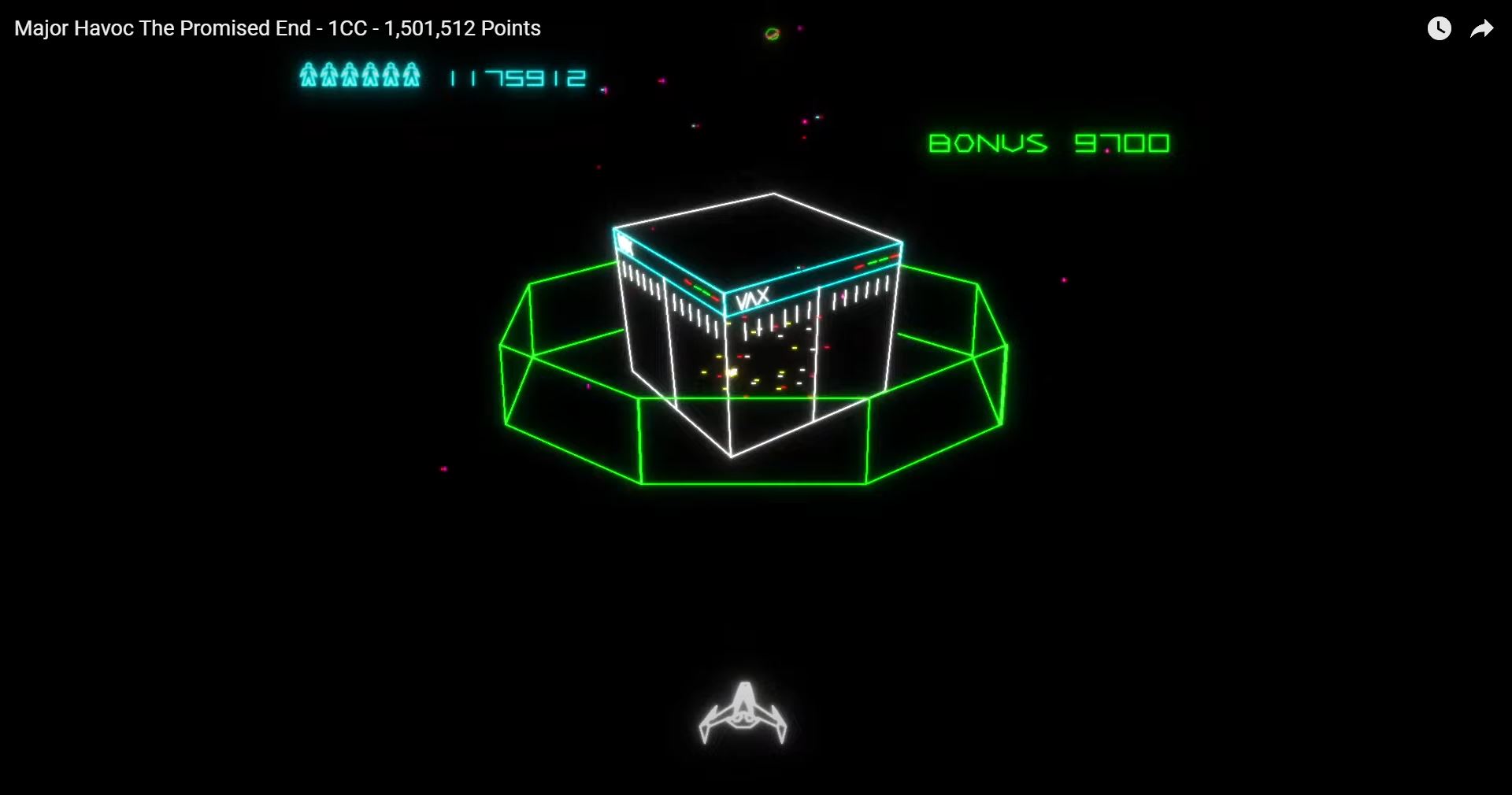
Forty full years after the fact, Jess Askey, Bryan Roth, and original creator Owen Rubin have only recently released a ROM hack for Major Havoc entitled “Major Havoc; The Promised End” for free which adds several levels and a proper ending to the game. The final hopeful coda in what was poised to be a fairly tragic composiiton
Having recently discovered this proper ending to the nearly eradicated cabinet, I can’t help but sit here overwhelmed at the confluence of art imitating life. Just as Major Havoc tells the story of the last surviving emblems of hope in a decimated galaxy, its creators parallel the journey in the creation of a miraculous piece of art that was nearly drowned by a cruel world.
All from one, one from all.
Major Havoc
You can download Major Havoc; the Promised End here.
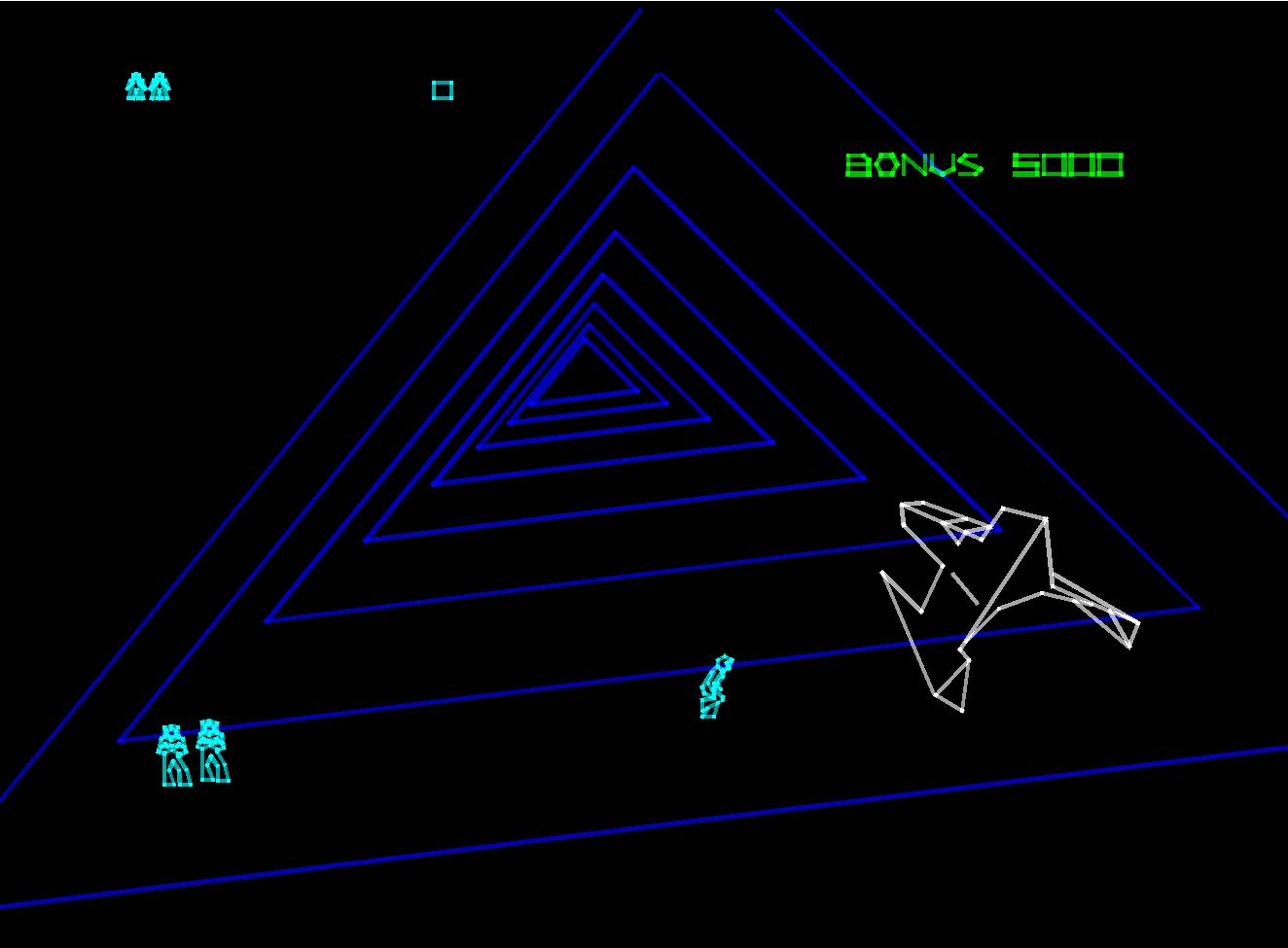
I’ll see you at the homeworld, Major.
.jpeg)
